
*AI Translated
Sakamoto Ryoma, a Tokugawa warrior who dreamed of modernizing Japan but lost his life without seeing it realized, is widely known in Japan. He was a feudal officer who left Tosa (present-day Shikoku) for Edo (present-day Tokyo) and lived during the turbulent times when Japan met the West, and played an important role in the modernization of the Meiji era.
* If you purchase or make a reservation for the products introduced in the article, a part of the sales will be FUN! It may be returned to JAPAN.
Tracing the life of Ryoma Sakamoto

Born in 1836 and dying at the age of just 31, Sakamoto Ryoma's life was short but eventful. Born in Tosa, which is now Kochi Prefecture in Shikoku, Ryoma was relatively wealthy because his family ran a kimono business and a sake brewing business, and he learned swordsmanship from his teenage years. After that, he continued his swordsmanship training in Edo (now Tokyo) and returned to Tosa regularly.
Ryoma, who had for a time joined the Tosa Jinō Party, a group of the Emperor Shōyō faction that sought to overthrow the Shogunate, later returned to Edo and joined another group with similar ideas. In a cinematic plot, Ryoma plotted to assassinate Katsu Kaishu, a key figure in the Shogunate. However, as a result, he was admonished by Kaishu about the world situation and the necessity of the Navy, and he became his apprentice on the spot, eventually becoming the head of the Kobe Naval School. In 1866, Ryoma succeeded in forming the Satsuma League by joining forces with the Satsuma clan (present-day Kagoshima), which sought to reform the shogunate, and the Choshu clan (present-day Yamaguchi), which advocated a radical doctrine of breaking the treaty.
The death of Ryoma Sakamoto and his influence on future generations
Ryoma compiled an eight-point proposal for the modernization of Japan (Funaka Eight Measures), in which he advocated the return of power to the emperor. This proposal was submitted to the shogun, Tokugawa Yoshiki, who returned to power in 1867. These eight articles became the foundation for a number of reforms during the Meiji period (1868~1912).
However, Ryoma did not see the fruits of his labor, and in 1867, on his birthday, November 15, he was assassinated at a ryokan in Kyoto. The perpetrators arrived at around 8 p.m. and attacked the moment the former wrestler's bodyguard turned their backs, killing Ryoma and his friend. Initially, Shinsengumi member Hojiro Oishi was executed as the culprit, but Nobuo Imai, a former member of the Kyoto Mishiro-gumi, also confessed to the crime. There are other theories, such as the Satsuma clan mastermind theory and the Shinsengumi crime theory, but it is still unclear who the real culprit was.
After Ryoma's death, his comrades Choshu, Satsuma, and Tosa clans united to fight the Shogunate side in the Boshin War. This war was also called the largest civil war in Japan's modern history, and more than 8,000 soldiers lost their lives in about one and a half years. In the end, the new government side won, and Japan chose the path of modernization based on Ryoma's proposal, rather than excluding foreign countries.
In recent years, Kochi Prefecture has named the prefecture's airport "Kochi Ryoma Airport" as a proud local great.
Places related to Sakamoto Ryoma

Ryoma's grave is located at the Ryozan Gokoku Shrine in Kyoto, where he is buried with his ally Shintaro Nakaoka, who was murdered with him. Kochi is also home to a number of historical sights related to Ryoma.
Kochi Prefectural Sakamoto Ryoma Memorial Museum
This memorial was built on the site of the former Urado Castle and showcases Ryoma's life and achievements. In addition to the permanent exhibition, special exhibitions are also held, and valuable materials such as the last letter signed by Ryoma are on display. The exhibits in the museum are explained in English, and pamphlets and audio guides are also available in English, Chinese, Korean, and Thai.
👉 【KKday】Kochi Prefectural Sakamoto Ryoma Memorial Hall Buy Viewing Ticket
Facility Information
- Name: Kochi Prefectural Sakamoto Ryoma Memorial Hall
- Address: Kochi, Kochi, Urado Shiroyama 830
- Access: From "Minami Harimaya Bridge" or "Kochi Station BT (Bus Terminal)", take the Saden Kotsu Bus bound for "Katsurahama" and walk for 2 minutes from the "Ryoma Memorial Museum" bus stop.
- Business hours: 9:00~17:00 (Admission until 16:30)
- Admission: 700 yen (for special exhibitions), 500 yen (for adults during other periods)
Katsurahama Sakamoto Ryoma Statue

Erected in 1928 and undergoing full-scale enhancement and restoration in 1998 with donations from all over the country, the statue features Ryoma gazing at the sea and holding a sword.
Facility Information
- Name: Sakamoto Ryoma Statue
- Address: 781-0262 Urado, Kochi-shi, Kochi
- Access: Tosaden Kotsu Bus bound for Katsurahama, get off at the last stop, Katsurahama, 4 minutes on foot
Kochi City Ryoma's Birthplace Memorial Hall

It is a small memorial that focuses on Ryoma's childhood and recreates the cityscape he walked through as a child. This memorial hall was built on the site of Ryoma's birthplace and is popular as a family-friendly facility.
Facility Information
- Name: Kochi City Ryoma's Birthplace Memorial Hall
- Address: Kochi Prefecture Kochi City Kamimachi 2-6-33
- Access: About 4km from Kochi Station, about 10 minutes by car.
* [Tram] Get off at the Kamimachi 1-chome train stop, 3 minutes on foot
* [Bus] Get off at Kamimachi 1-chome or Kamimachi 2-chome bus stop, about 3 minutes on foot
- Business hours: 8:00~19:00 (Exhibition hall. Admission until 18:30)
- Admission: 300 yen (free for high school students and younger, group discounts, discounts for people with disabilities, etc.)
How to get to Kochi
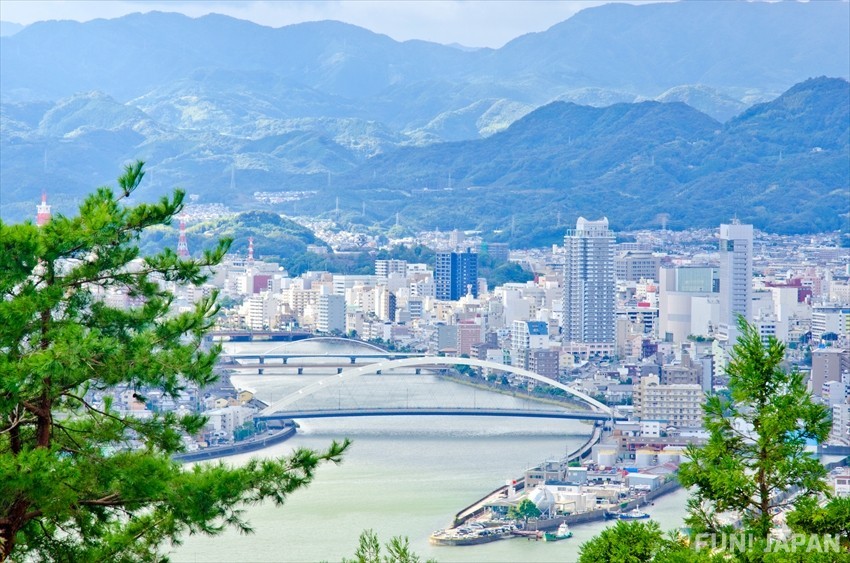
Kochi is located in the southern part of Shikoku and has a coastline that extends about 713 km. In the eastern part of the city is the airport named after Ryoma Sakamoto, which is accessible by plane. This airport has a dedicated connection between the airport with the city's main railway stationairportbusThere is. It is also possible to visit by highway bus or train, but there is no direct bullet train service.
From Osaka, you can take an All Nippon Airways (ANA) flight from Itami Airport to Kochi in just 45 minutes. The price of air tickets varies depending on the season and day of the week, but it is roughly in the range of 10,000~15,000 yen. If you want to take the train, take the Shinkansen from Shin-Osaka to Okayama (about 45 minutes, about 5,610 yen), and then take the Limited Express Nanpu to Kochi (about 2 hours and 30 minutes, about 5,940 yen). There is also a highway bus from Osaka to Kochi, which takes about 5 hours and costs about 3,000~7,000 yen.
From Hiroshima, take the Shinkansen to Okayama (about 40 minutes, about 5,610 yen), then change to the Nanpu Limited Express to Kochi (about 2 hours and 30 minutes, about 5,940 yen). There is also a highway bus from Hiroshima to Kochi, which takes about 5 hours and costs about 7,500 yen.
If you are planning to head to Kochi via Kansai or Hiroshima, please consider purchasing the following passes.
👉 【KKday】Buy ALL SHIKOKU Rail Pass
👉 【KKday】Buy Kansai-Hiroshima Area Pass
👉 【KKday】Buy Kansai Wide Area Unlimited Ride Pass
* The above pass can only be used by those who meet the eligibility requirements, such as foreigners visiting Japan for a short-term stay.
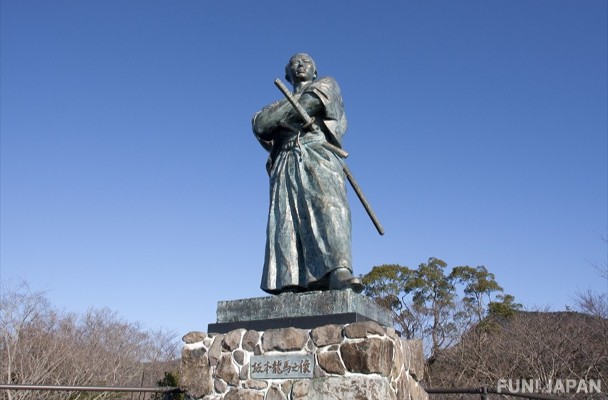
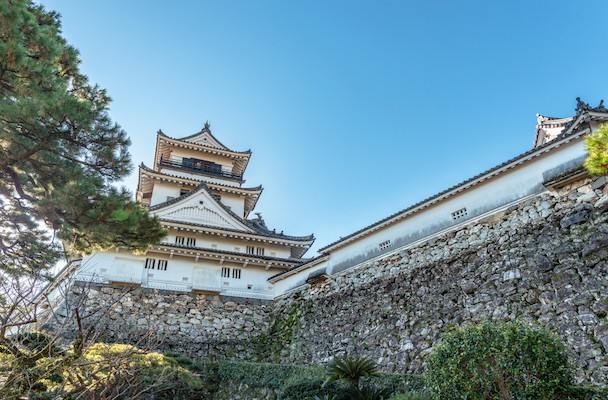
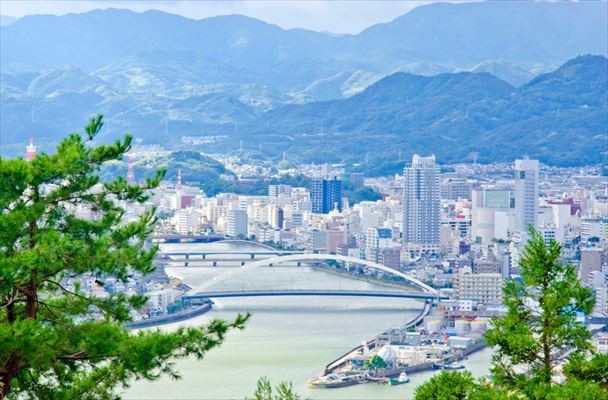
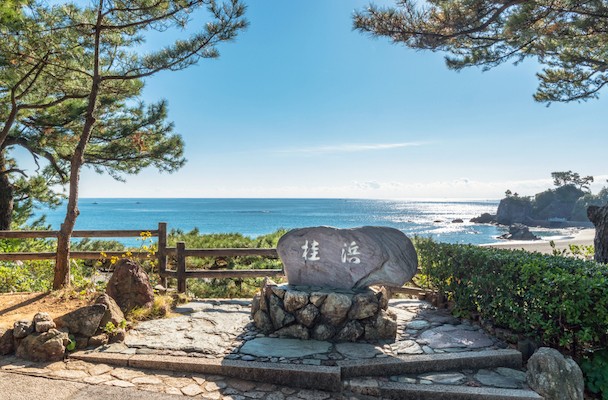

Comments